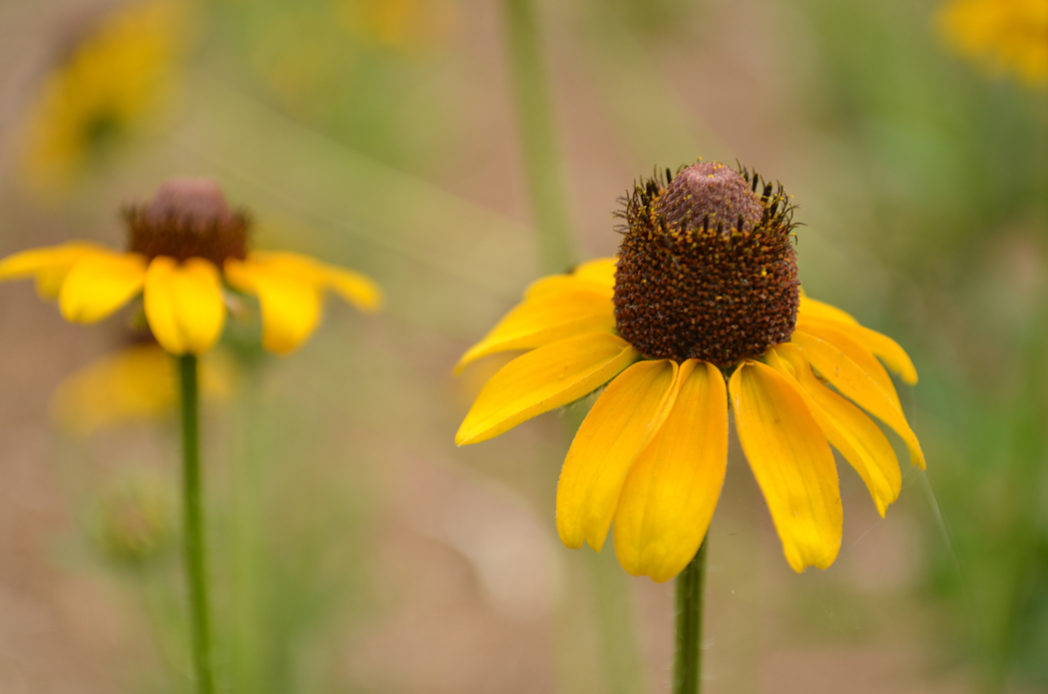Fall planting — it’s the perfect time for wildflowers
by Jeff Norcini, OecoHort, LLC
“Fall planting” has been the unofficial promotional campaign of the nursery industry for many years. This slogan applies to sowing seeds of native wildflowers and grasses as well, at least here in Florida.
Establishing a fall planting of wildflowers, whether as a garden or converting some turfgrass to a low-maintenance area, is very laudable, but it first requires a reality check. Be aware that:
- The area you choose might not be suitable for native wildflowers and grasses. Only consider areas that have few to no weeds, are sunny for at least six hours a day, and have soil that is well-drained (throughout the site, you should be able to use a sharp stick to penetrate the soil at least 6 inches without much effort).
- Unless steps are taken to minimize weeds, they’ll be a major issue, even in areas that appear to be weed-free. More about that later.
After a site has been selected, determine the best time to sow seed based on the region of the state. In general, sow in:
- mid-September to mid-October in North Florida
- mid-October through December in Central Florida
- November through January in South Florida
When sowing seeds, keep in mind that the goal is to have seeds germinate as fast as possible before weeds move in. Seeds need three things to germinate—water, appropriate soil temperature and oxygen. The sowing dates mentioned above are based on water (that is, rain) and soil temperature. And seeds of many native wildflowers and grasses also need light. So it is important that sown seeds remain near the soil surface, and generally not more than 1/4-inch deep. Even for seeds that do not require light, small seeds that are much deeper than 3/8-inches may germinate but never emerge, because seedlings do not have the food reserves to grow to the surface. Therefore, the soil seed bed needs to be firm enough to ensure that seeds do not become buried too deeply.
A few words on weeds
Weeds may be a major issue affecting the success of the planting, even in seemingly weed-free sites. Within the top few inches of soil, hundreds to thousands of weed seeds may be lurking, waiting to germinate when they “sense” disturbance. The act of converting a site from turfgrass to wildflowers is a type of disturbance, even if the soil is not physically disturbed. Weeds are Mother Nature’s colonizers of disturbed sites — that’s their ecological function. The more wildflowers that emerge, the less weeds will emerge. The best way to eliminate the soil weed seed bank is by soil solarization. However, this should be done in the summer. To soil solarize a site, please see the article “Let the sun shine in to eliminate weed problems before you plant.”
For more details about establishing a wildflower planting, download “Establishing a Small Planting of Native Wildflowers from Seed.”

